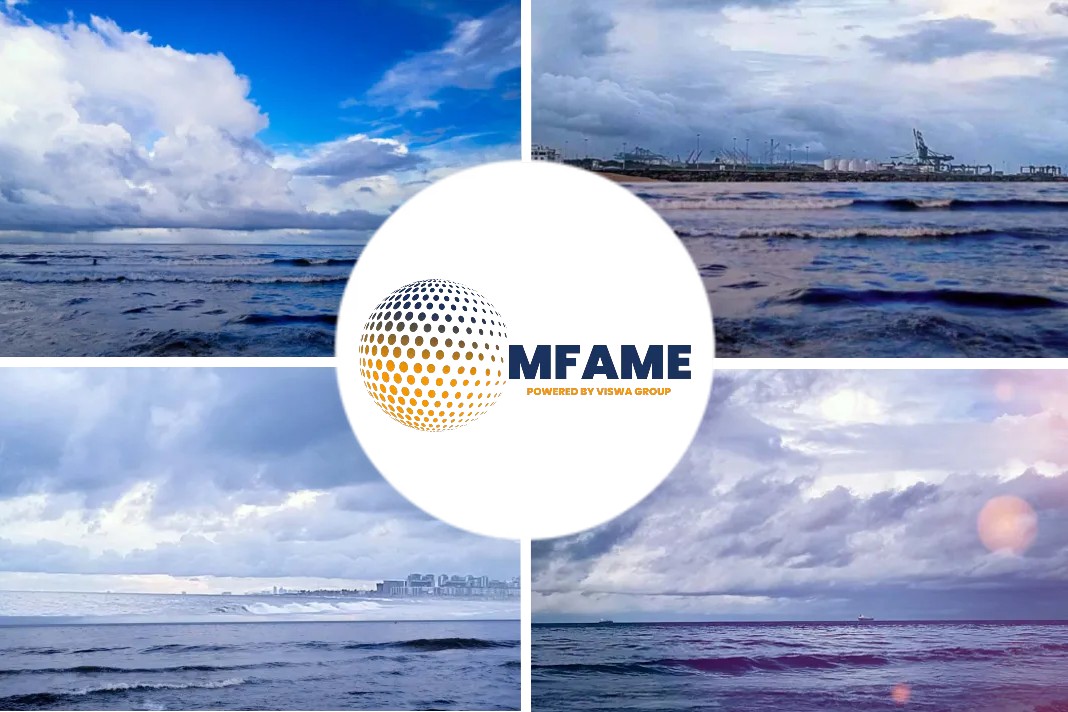- Berg Propulsion MD Jonas Nyberg says its revolutionary Twin Fin direct-drive electrical propulsion system is ‘a premium solution.
- Yaskawa Environmental Energy with the system integrator Berg Propulsion on its Twin Fin diesel-electric direct-drive solution is a great example of a win-win partnership.
- Shipping is rapidly embracing this change with more time, energy.
Berg Propulsion MD Jonas Nyberg says its revolutionary Twin Fin direct-drive electrical propulsion system is ‘a premium solution for forward-thinking owners committed to energy efficiency’, says an article published on Yaskawa website.
Win-Win partnership
Yaskawa Environmental Energy / The Switch’s cooperation with the system integrator Berg Propulsion on its Twin Fin diesel-electric direct-drive solution is a great example of a win-win partnership at a time when collaboration between OEMs and suppliers is critical in providing greener power solutions to reduce emissions from shipping while ensuring long-term gains for owners.
The Twin Fin is currently being installed in a self-unloading bulker being built in China and featuring a large internal MaK-powered variable-speed plant to meet high energy demand for propulsion, cargo handling and other vessel operations.
Twin Fin provides both increased cargo capacity usually associated with thrusters and the reliability and safety afforded by conventional propellers.
Delivering higher thrust performance but with decreased energy consumption and emissions, it’s a real game-changer for the industry offering superior efficiency and reliability. And reliability means optimal uptime.
Safe and versatile
Nyberg adds that Twin Fin is tougher, as the motor is in a safer location than podded propulsors, where motors are directly in the pod.
Twin Fin is like an advanced version of the twin-skeg forming an integrated part of the hull. Putting the machinery space in the fins also allows greater flexibility in hull design.
Nyberg notes that a key disadvantage of electrical podded propulsors is that the units can rotate 360 degrees. This puts limitations on the maximum propeller diameter.
But with Twin Fin, there’s no restriction on propeller size. Propeller size is directly linked to efficiency – the larger, the better. It gives the freedom both to optimally position the propellers and have an enormous-diameter propeller.
PMs deliver peak performance
Berg selected The Switch’s technology to ensure peak performance. There’s also the significance of direct drive versus the traditional gearbox concept.
This is where The Switch’s highly efficient PM motors – which capture electrical energy and convert it into green mechanical power – really come into their own as integrated parts of the concept.
Traditional diesel-electric drive trains have a linear motor-gearbox-propeller shaft arrangement with a lot of mechanical components but using a compact direct-drive PM motor eliminates the gearbox and the need to drive the propeller shaft directly.
The PM motor stator is fixed to the hull, fully surrounding the rotor with only an air gap in between. This drastically reduces the number of components required, and that reduces the risk of mechanical issues.
Lean and mean
The Switch’s DC-Hubs, meanwhile, offer a flexible choice of power generation, energy storage, charging, propulsion and clean power, while the EBL links and protects them.
Its unique ability to rapidly detect, cut and isolate any potential system error greatly increases redundancy. EDCBs are installed to protect individual frequency converters within the DC-Hubs.
Broad target market
Nyberg stresses that direct drive is a premium solution for forward-thinking owners committed to energy efficiency.
“For demanding applications, it’s easy to quantify the advantages – again, efficiency and reliability. Lower maintenance and reduced OpEx are also deciding factors,” he says.
Berg is promoting the solution to all marine segments and is in talks with customers ranging from large cargo-shipping companies to tanker owners looking to use alternative fuels and others focusing on all-electric vessels.
“Our overall vision is to enable high-performance ships and legislation while increasing customers’ competitive edge,” says Nyberg.
He expects direct drive to become commonplace in the marine industry within five to 10 years, either in combination with Twin Fin or inside the hull, depending on the vessel’s purpose.
Twin Fin is just one possibility but brings the additional benefits of unlimited propeller size and super-flexible machinery space. It’s a perfect fit for cargo ships and, for example, offshore vessels and icebreakers in terms of design flexibility, versus, for example, single-screw tankers where it’s more natural for the machinery to be inside the hull.
Industry embraces change
The role of emissions, legislation and financial stability is focusing industry awareness on the importance of ship design and early-stage equipment selection in lowering OpEx.
Whereas before, there were practically no rules governing design for environmental efficiency, and most time and energy went into the true purpose of the vessel in terms of cargo factors, now we have EEDI/EEXI applying both to new and old ships.
Shipping is rapidly embracing this change with more time, energy and CapEx being invested at the outset to ensure an efficient product.
Did you subscribe to our daily newsletter?
It’s Free! Click here to Subscribe!
Source: yaskawa

















